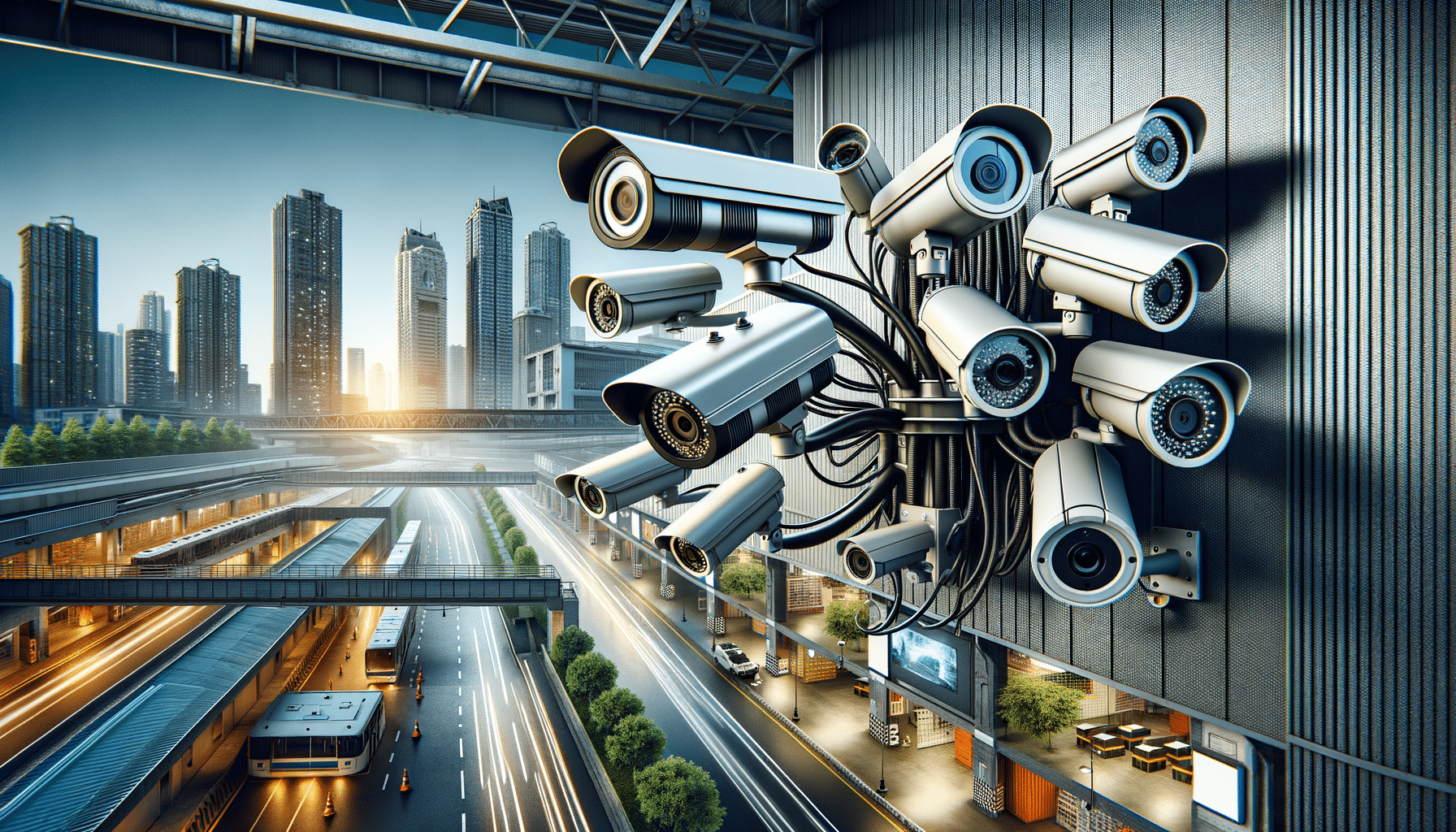
Enhancing Security with Advanced Surveillance Cameras
Introduction to Security & Surveillance Cameras
In today’s world, where safety and security are paramount, the role of security and surveillance cameras has become increasingly significant. These devices not only help deter crime but also provide valuable evidence in case of incidents. With technological advancements, surveillance cameras have evolved to offer features that enhance security measures effectively. This article delves into the various aspects of security and surveillance cameras, exploring their importance, technological advancements, and considerations for choosing the right system.
The Importance of Surveillance Cameras in Modern Security
Surveillance cameras have become an integral part of modern security systems. They serve as a deterrent to potential criminals, reducing the likelihood of theft, vandalism, and other criminal activities. The presence of cameras can make individuals think twice before engaging in illicit activities, knowing they are being watched. Furthermore, in the unfortunate event of a crime, cameras provide critical evidence that can aid in investigations and lead to the apprehension of offenders.
Moreover, surveillance cameras contribute to a sense of safety and security in both residential and commercial settings. They allow property owners to monitor activities in real-time, ensuring that any suspicious behavior is quickly addressed. This capability is particularly important in high-risk areas or businesses that handle valuable assets. By offering a constant watchful eye, surveillance systems help maintain a secure environment.
Technological Advancements in Surveillance Cameras
Over the years, surveillance cameras have seen significant technological advancements, enhancing their effectiveness and usability. One notable development is the integration of high-definition video quality, which allows for clearer and more detailed footage. This improvement is crucial for identifying individuals and capturing important details that might be missed with lower-quality cameras.
Another advancement is the incorporation of smart technology, enabling cameras to connect to the internet and be controlled remotely. This feature allows users to access live feeds and recorded footage from their smartphones or computers, providing flexibility and convenience. Additionally, many modern cameras come equipped with motion detection and night vision capabilities, ensuring they can capture events even in low-light conditions.
Choosing the Right Surveillance System
Selecting the appropriate surveillance system involves considering several factors to ensure it meets your specific security needs. One of the first considerations is the type of camera, as there are various options available, including dome cameras, bullet cameras, and PTZ (pan-tilt-zoom) cameras. Each type offers unique advantages and is suitable for different environments and surveillance requirements.
Another important factor is the camera’s resolution, which affects the clarity of the footage. Higher resolution cameras provide better image quality, making it easier to identify details and individuals. Additionally, consider the camera’s field of view, as a wider angle can cover more area, reducing the number of cameras needed for comprehensive coverage.
Conclusion: Enhancing Security with Surveillance Cameras
In conclusion, security and surveillance cameras play a vital role in enhancing safety measures for both residential and commercial properties. With technological advancements, these devices have become more effective and accessible, providing high-quality video, remote access, and intelligent features. By carefully selecting the right surveillance system, individuals and businesses can significantly improve their security posture, deterring crime and ensuring peace of mind.
As technology continues to evolve, the capabilities of surveillance cameras will undoubtedly expand, offering even more sophisticated solutions for security challenges. Staying informed about these advancements and understanding how to implement them effectively is crucial for maximizing the benefits of surveillance systems.


